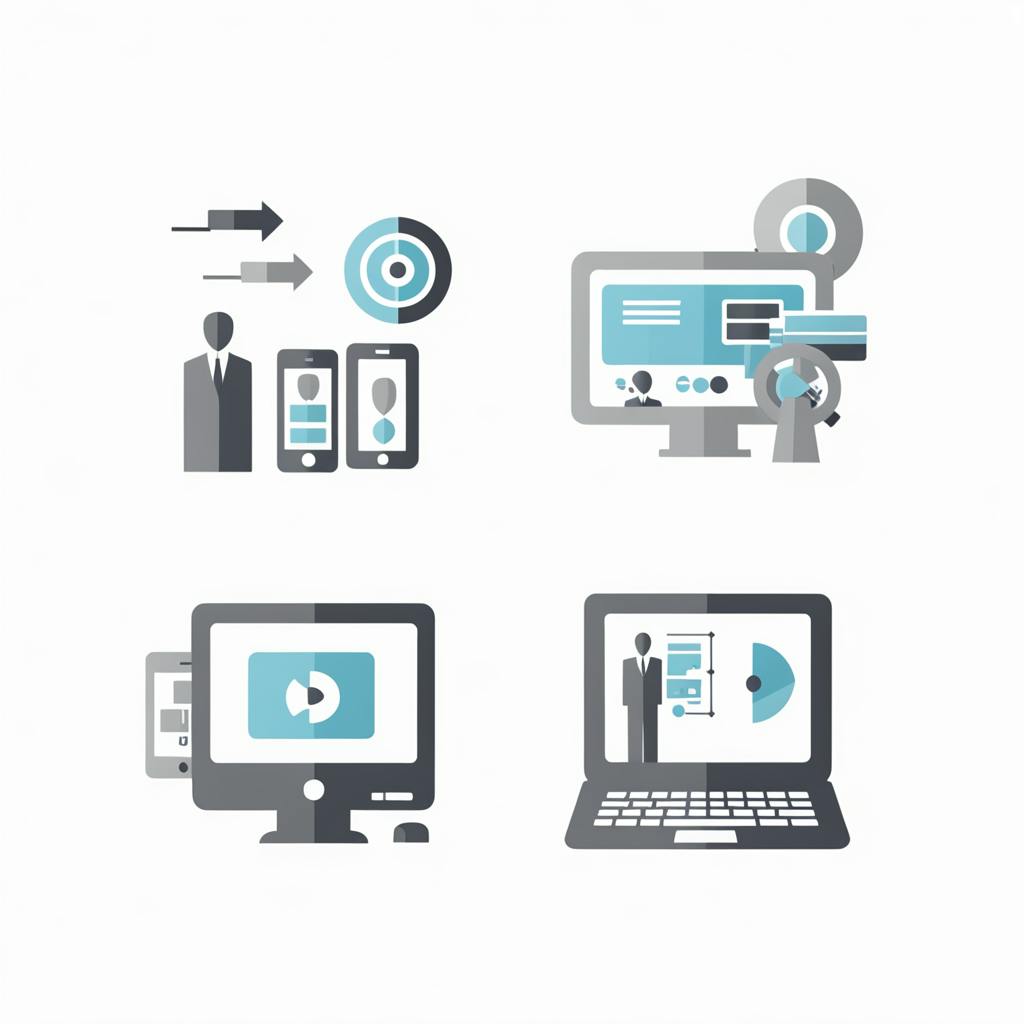Graphic Design Assets in Business Branding
In the business world, branding plays an integral role in shaping a company's overall identity and reputation among consumers. Notably, in the realm of visual branding, graphic design assets have emerged as powerful tools for curating business narratives and establishing unique corporate profiles. This intricate dance of colors, shapes, typography, and images can create visual narratives that are more than striking aesthetics. These assets leave a memorable imprint in the minds of customers, successfully distinguishing a business in a crowded marketplace.
The crux of this discourse revolves around the potency of graphic design assets and how they not only resonate with audience tastes but also define a brand's personality. In this exploration, we delve into the nuanced world of graphic design and explore its intrinsic role in business branding. Furthermore, we will examine digital asset management's indispensable role in managing and enhancing these graphic design components.
Graphic design assets include logos, images, color palettes, fonts, and typography, to name a few. These well-curated and executed elements work together to create a coherent and compelling visual narrative that embodies a company's core values and brand identity. Meanwhile, digital asset management for graphic designers bridges the gap between creating and utilizing these graphic resources to their full potential. This system organizes these elements, ensuring their seamless application across different channels to maintain brand consistency and improve workflows.

What is Typography?
Typography emerges as one of the understated yet powerful graphic design assets. Typeface selection can often go unnoticed, but it carries immense weight in conveying a brand's personality. A bold, minimalist font might characterize a modern, forward-thinking brand, while a traditional serif font may symbolize a company rooted in heritage and reliability.
A brand’s narrative can be significantly influenced by graphic design assets. They can not only establish the first impression in a customer's mind but can also foster long-lasting connections. Consider the way Apple employs a sleek, minimalist logo combined with its distinctively simplistic typeface and monochromatic color palette. These design elements echo the brand’s philosophy of simplicity, sophistication, and innovation.
As for the question of how frequently a brand should revamp its graphic design assets, it is not about constant change but rather maintaining relevance and freshness. When the existing design starts to feel outdated or fails to resonate with the company's evolving brand narrative, it may be time to reconsider and update.
Adding to this mix, app design represents an innovative frontier for the application of graphic design assets. It's a living ecosystem of logos, colors, and fonts that interact directly with users, providing opportunities for real-time feedback and engagement. Designing for apps continues to be a vital consideration in shaping a brand's visual narrative in the digital age.

The Power of Graphic Design Assets
In conclusion, the power of graphic design assets in business branding cannot be underscored. They shape the visual narrative, creating a lasting connection with a company's target audience and differentiating them in a sea of businesses. Furthermore, digital asset management for graphic designers enhances the nuanced world of graphic design by maintaining consistency, accessibility, and efficient use of these assets.
In tandem with this, typography elements subtly reinforce a brand’s image, demonstrating the significant role that even the minutest details play in impactful branding. Plus, businesses can harness the power of continuity and relevance, knowing when it is propitious to transform their graphic assets. Finally, the realm of app design offers a vibrant landscape to innovate and interact using graphic design assets, thereby leaving a memorable digital footprint.
To reiterate:
- Graphic design assets drive the visual narrative that shapes a company's brand.
- Digital asset management optimizes the use of technology to manage and enhance graphic design assets.
- Typography, often overlooked, contributes significantly to a brand’s overall image.
- Continuity and relevancy are crucial in determining when to update graphic design assets.
- App design extends the context of using graphic design assets, enabling brands to enhance user engagement and leave a powerful digital imprint.

